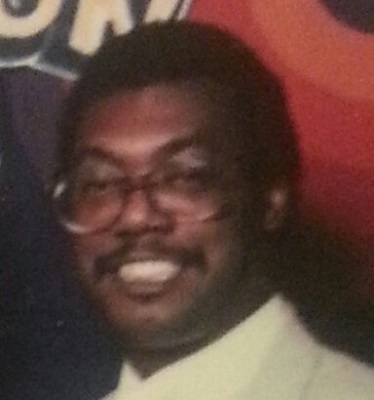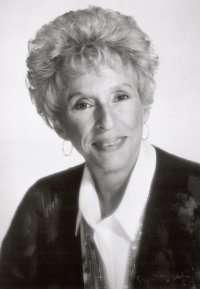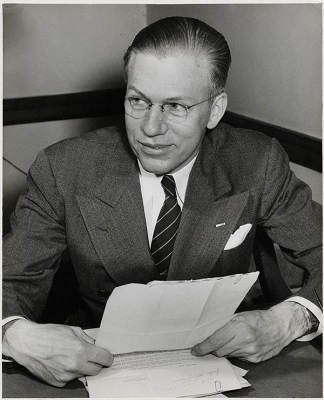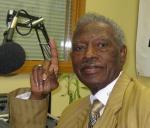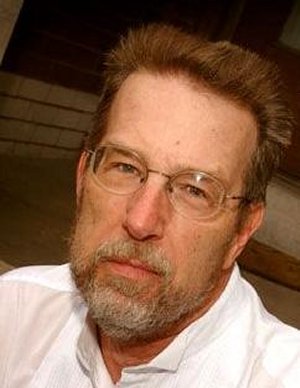Radio HOF
Hopkins, William A.
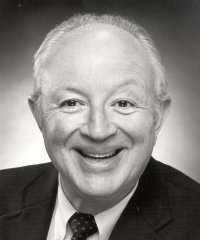
William A. Hopkins – 2007
William A. Hopkins came to KXOK in 1965. During his six-year run at the station his afternoon drive show, in which he counted down the market’s top hits, drew a larger audience than 50,000 watt competitor KMOX.
While in St. Louis, he was active in the Webster Groves Theater Guild.
For his work at KXOK, Bill was named Best Major Market Air Personality by “Billboard” Magazine and DJ of the Week by “Teen Life” Magazine. He left St. Louis for a job at WNBC in New York City.
